Smoke can be an invisible yet powerful reminder that a fire has occurred within a structure. Most people don't realize that thick smoke won't just go away over time. Once it absorbs into the walls, floors, decor, and furniture, it can stay for decades and leave behind an unpleasant odor that cannot be covered by aerosol sprays or basic cleaning. To truly remove smoke, it's crucial to do an in-depth clean that eliminates the smell from the fibers of the material. While this can be meticulous, it's a crucial part of the cleaning process after a fire.
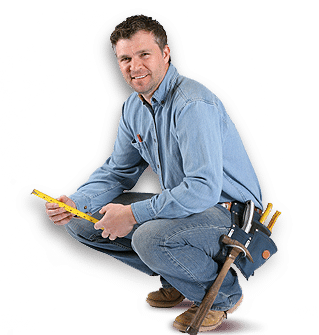
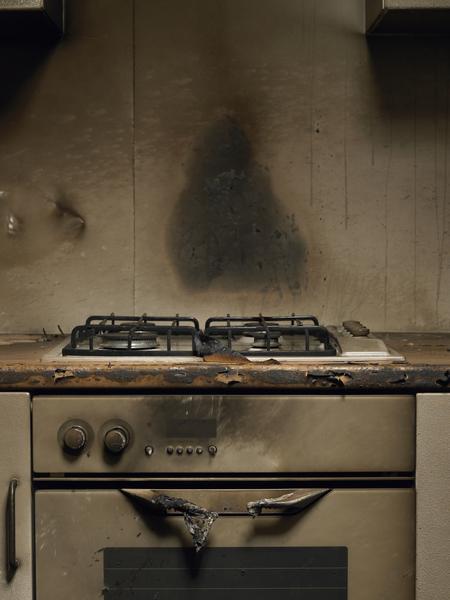
Factors that Affect Smoke Odor Removal
Removing smoke from the inside of a home after a fire is a process that normally doesn't change. However, there are a few exceptions that can impact what it takes to complete the removal process. By taking these into account you can better understand what cleaning may be like and why prices vary for each home and business.
Materials Burned
All materials throughout your home will behave differently when smoke and soot reach them. For harder materials, including wood and paint, this can mean discoloration and impossible-to-remove stains. For soft furniture, this can cause staining, hardening, and a bad odor. When it comes to materials such as metal tables or decor, they can rust and deteriorate due to the acidic nature of soot.
Size of the Room
Smaller rooms are typically less time-consuming to clean because there's less square footage involved. The cleaning procedures for larger rooms will take more time when there are multiple rooms or large spaces to cover.
Time Elapse Since Fire
It's important to begin cleaning up smoke after a fire as soon as it is possible and safe to do so. Waiting can result in discoloration, rust, and increased damage as the smoke and soot particles seep into the impacted materials.
Fire Size
Larger fires release more soot and smoke into the air, which means increased cleaning procedures will be necessary.
The factors listed above can impact the time and effort it takes to clean smoke damage after a fire. In turn, this can increase the cost of services to remove the smoke and damaged areas. At Action 1 Restoration, we want you to know we are here to help. We connect you with the best professionals in the area who you can trust charge you fair prices for quality work done right.
How Our 6 Step Fire Restoration Process Works


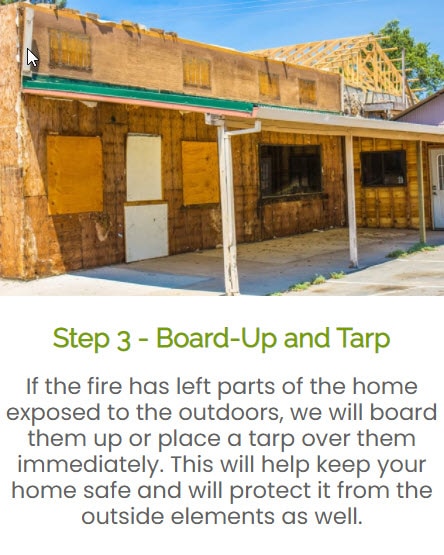
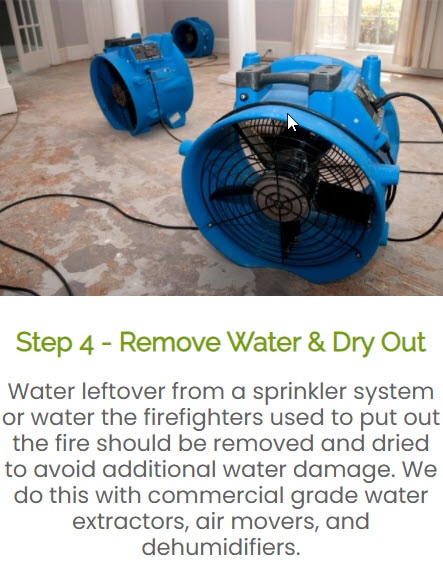

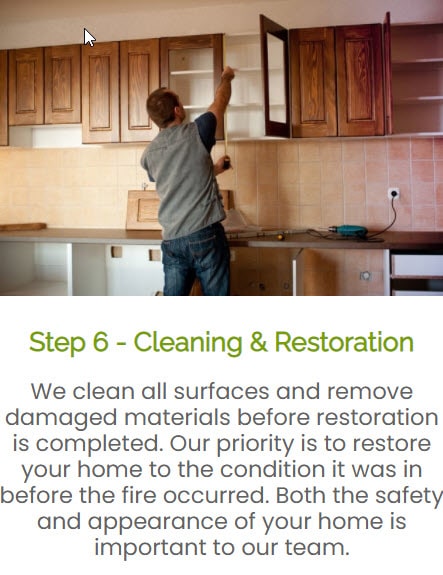

Getting the Smoke Smell Out
If you recently experienced a fire in your home or business, you may want to get started on odor removal right away. This is understandable, as the smell can be unbearable after the flames have been doused. Fortunately, there are many things you can do to get started. By doing so, you will be one step closer to restoring your space and making it safe to live in once again.
Step 1. Clean by Area
Smoke can infiltrate every area of your home or business, including those that were not touched by the flames. To make cleanup easier on yourself, it's recommended to go room-by-room. By marking off each room as you finish it, you'll know how much work you have left. While it's best to leave the work to professionals, cleaning in the meantime may help to minimize damage.
Step 2. Remove Clothing and Furniture
In each room, you should anticipate deep cleaning with attention to detail. Begin by removing all clothing, curtains, rugs, soft furniture, and upholstery that will need to be washed. If you don't have the tools to clean larger pieces of furniture or area rugs, ask professionals for help. Carpet may need special care by professionals as well, especially if there are areas with heavy soot and smoke discoloration.
Tip: Inspect any pieces you put in your washing machine at home. If you notice soot or oily materials, you may want to throw these away so they don't damage your washer and dryer.
Step 3. Clean Hard Surfaces
Although hard surfaces may not look like they absorb smoke, they certainly can. Tackle baseboards, painted surfaces, doors, cabinets, hard furniture, and countertops with baking soda and water. You can also leave bowls of baking soda around the room to help absorb smoke as you clean these surfaces.
Step 4. Sweep Debris
Debris on the ground should be swept away rather than vacuumed since the oils in soot can cause damage to the filter and suction in the vacuum. Large debris should be thrown away as soon as possible because they can release smoke into the air as long as they are in the space.
Step 5. Repair and Repaint
Once the room has been cleaned and deodorized, you must repair and repaint damaged areas. Paint colors can be matched at most home improvement stores, although a fresh coat of a different paint color may help bring new life to a room.
Cleaning up odor after a fire has occurred can be stressful and difficult if you don't have the right tools. Don't go through this alone. You can rely on Action 1 Restoration to help you when you need it the most. We'll connect you with our local fire damage restoration experts who will treat your property with care and do every step of the odor removal process the right way. Our priority is to help make your life easier as you navigate what can be a stressful experience.


Lets Talk About Your Restoration Project
When you trust Action 1 Restoration, we take this seriously. We thoroughly vet every restoration expert we work with because we want a positive experience for our clients. There are many choices of companies you can work with in the area and we appreciate your trust. We'll work hard to make sure your smoke removal experience is one that leaves your home happy and healthy.








